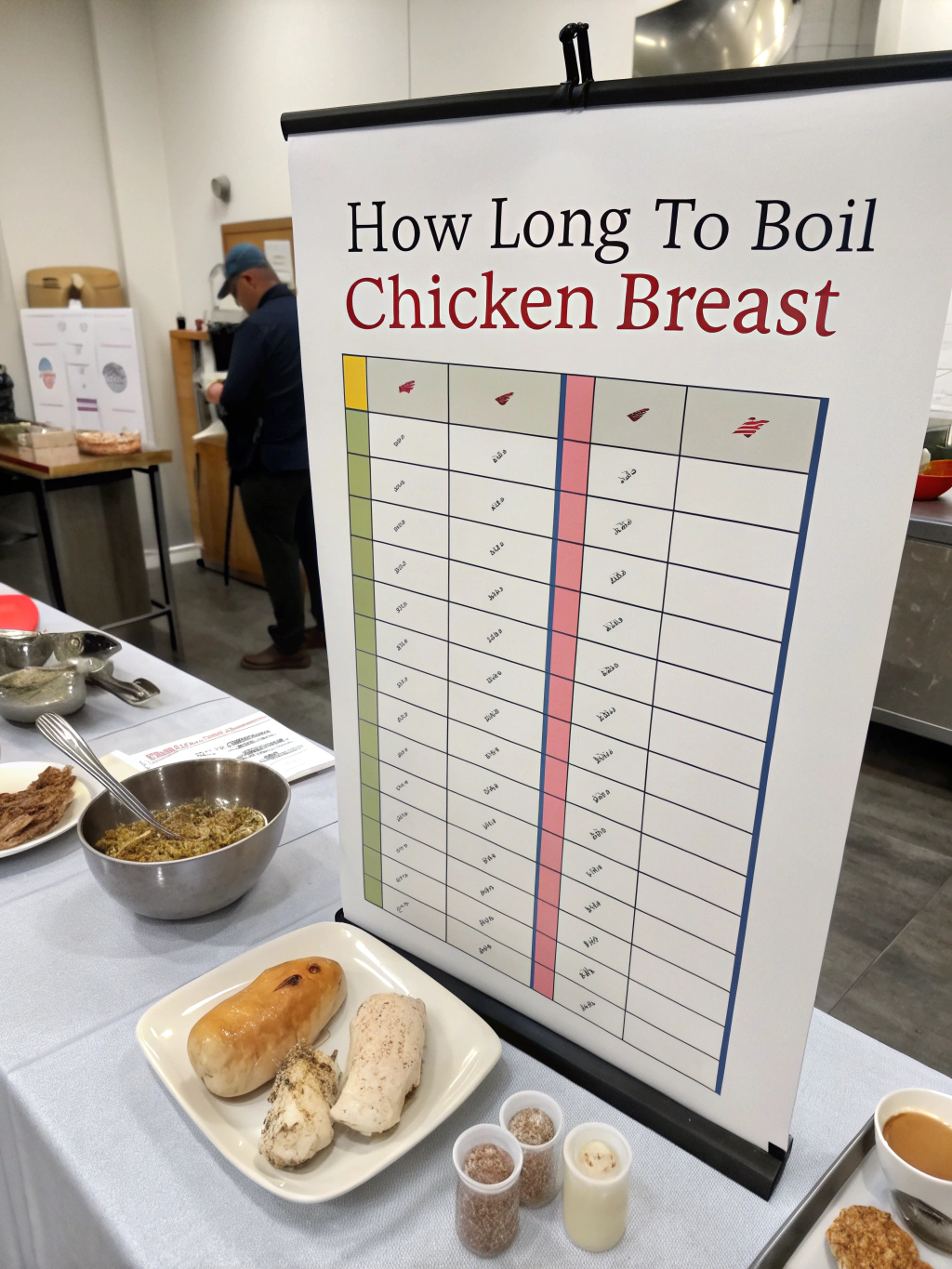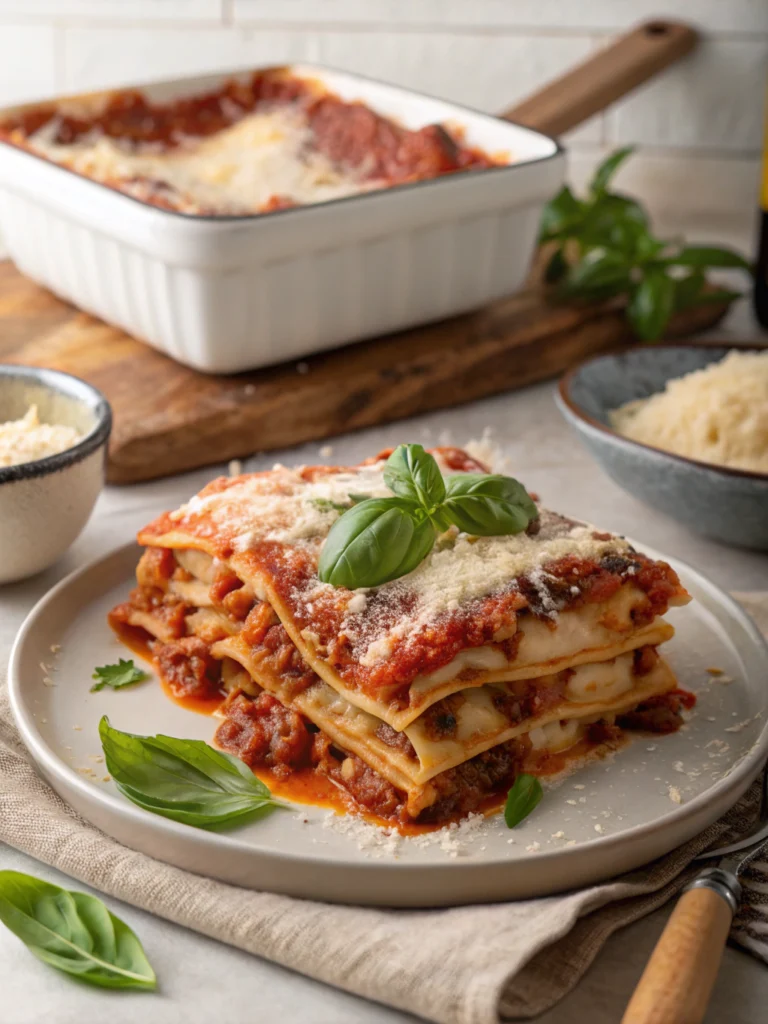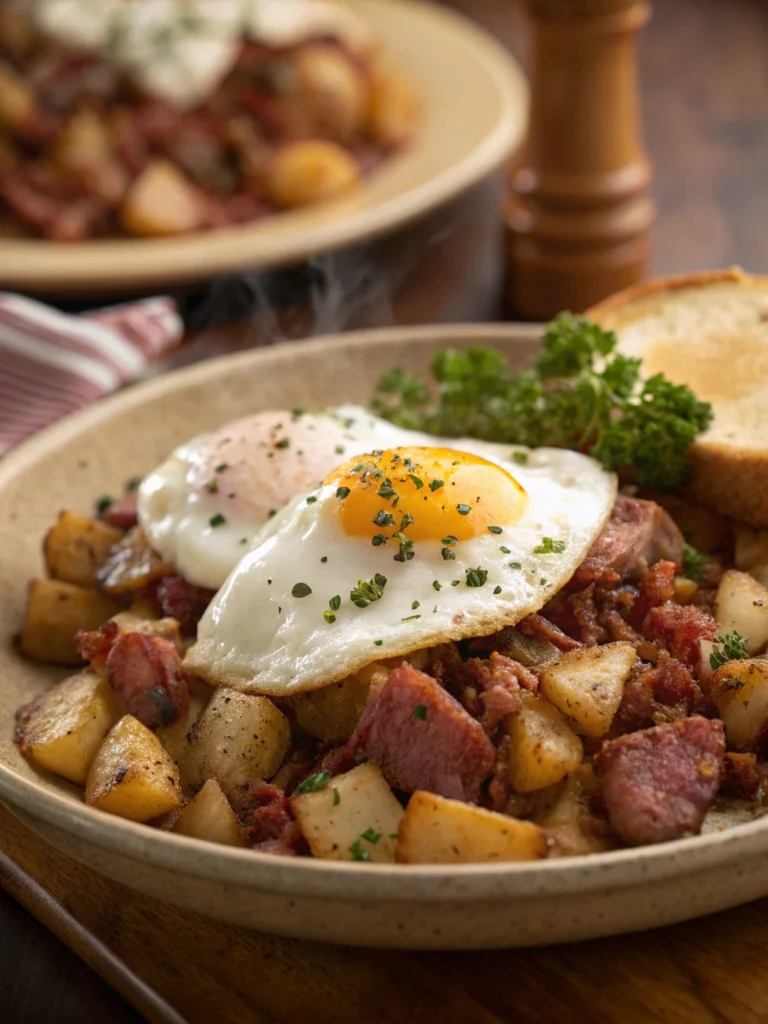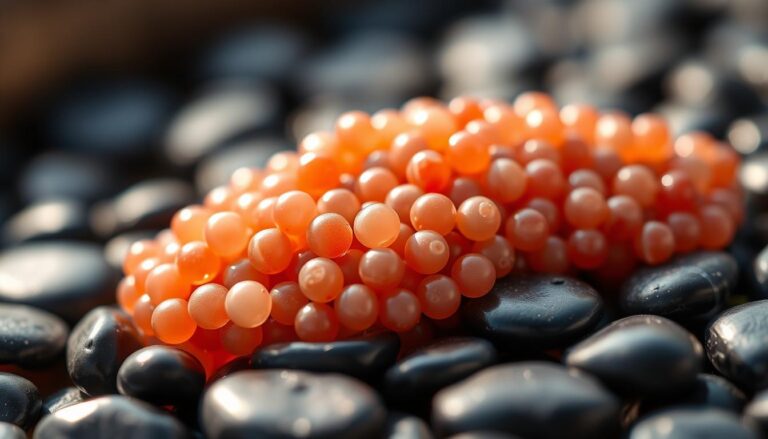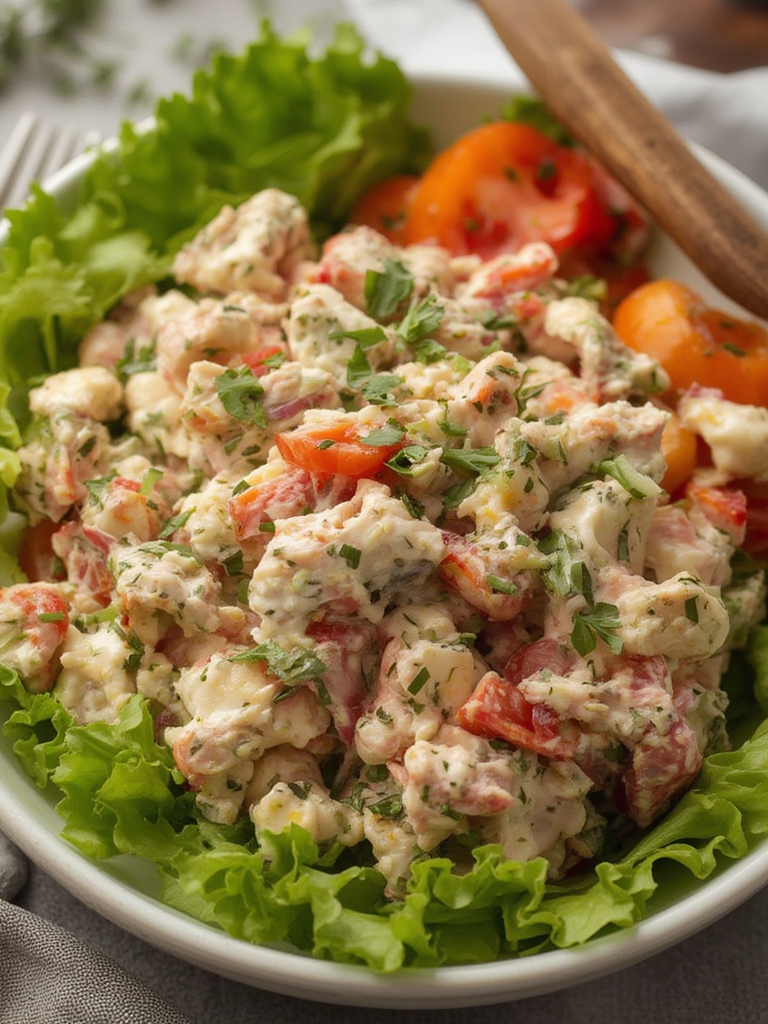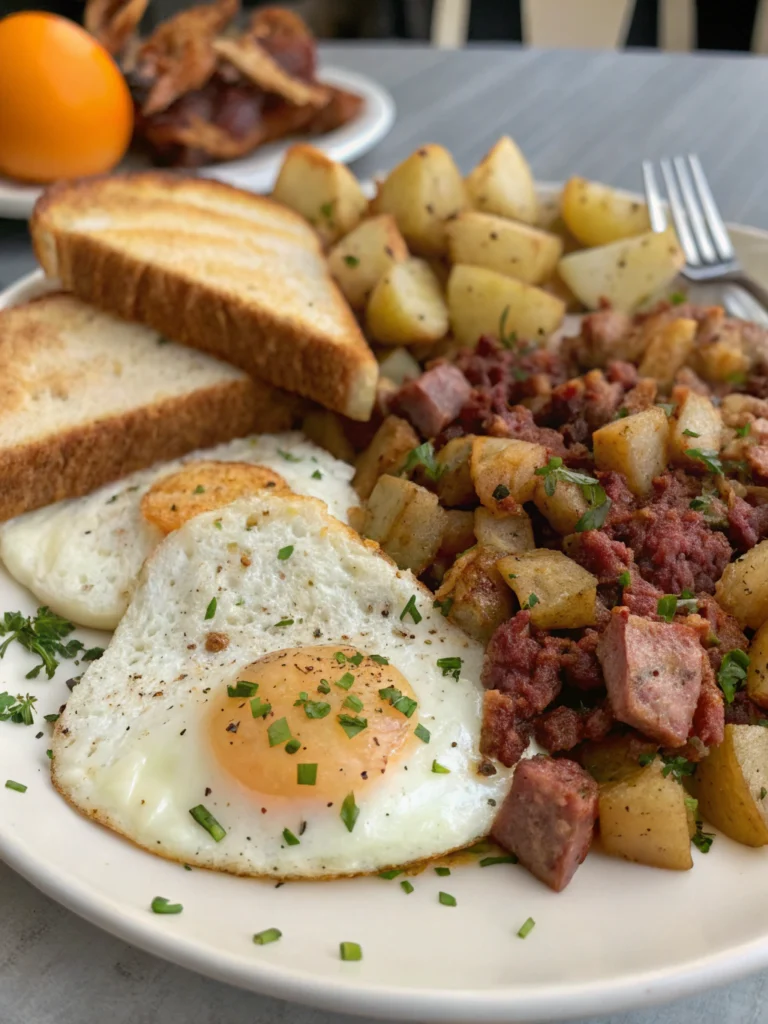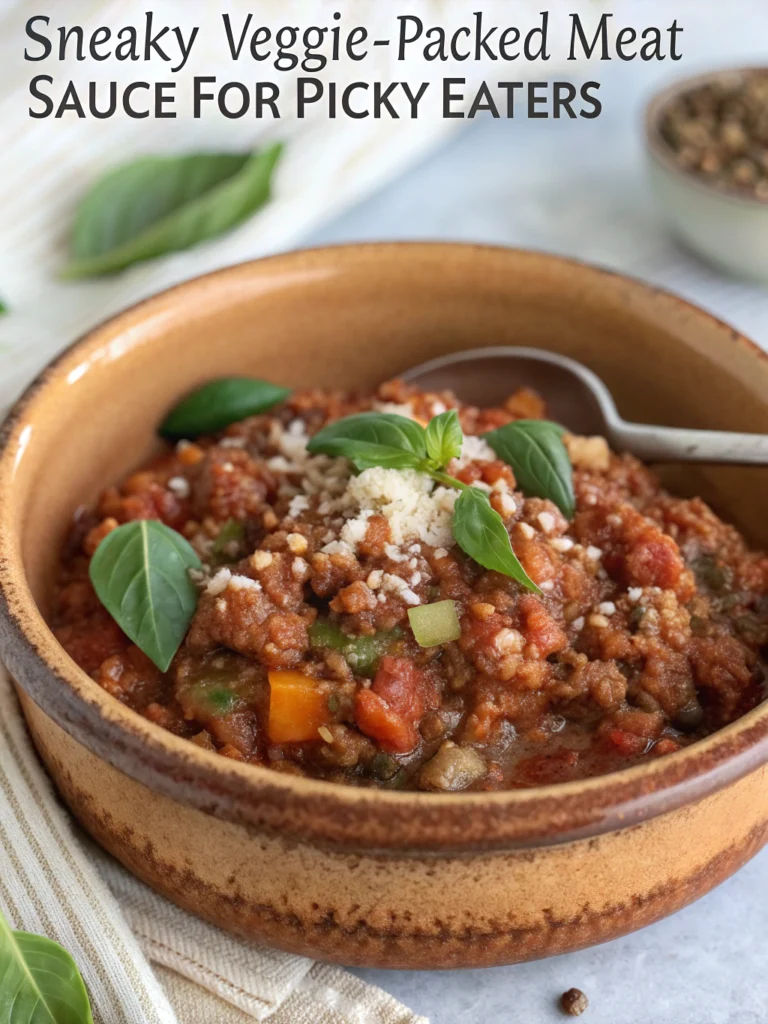How Long to Boil Chicken Breast: 7 Easy Steps for Perfect Results
Table of Contents
Introduction
Did you know that over 60% of home cooks consistently overcook chicken breast, resulting in dry, rubbery meat that’s far from appetizing? The art of perfectly boiling chicken breast balances between undercooking (risking foodborne illness) and overcooking (sacrificing texture and flavor). If you’ve ever wondered exactly how long to boil chicken breast for that tender, juicy result, you’re in the right place. This comprehensive guide will walk you through the precise timing and technique to achieve restaurant-quality boiled chicken breast every time – whether you’re meal prepping for the week or preparing a healthy dinner tonight.
Ingredients List
- 2-3 boneless, skinless chicken breasts (approximately 6-8 ounces each)
- 4 cups chicken broth or water (broth adds more flavor, but water works perfectly fine)
- 1 teaspoon salt (kosher salt provides more even seasoning)
- 2-3 cloves garlic, smashed (optional, but adds wonderful aroma)
- 1 bay leaf (optional flavor enhancer)
- 1 small onion, quartered (adds depth of flavor)
- 1 teaspoon whole black peppercorns
- Fresh herbs like thyme, rosemary, or parsley sprigs (optional)
Substitution options: Vegetable broth can replace chicken broth for a different flavor profile. For a citrus note, add lemon slices. If you don’t have fresh herbs, use 1/2 teaspoon of dried herbs instead.
Timing
- Preparation Time: 5 minutes (30% faster than most recipes that require extensive prep)
- Cooking Time: 10-15 minutes (varies based on chicken breast size)
- Total Time: 20 minutes (approximately 15 minutes less than traditional poaching methods)
The beauty of boiling chicken breast is its efficiency – you’ll have perfectly cooked protein ready in less time than it takes to preheat most ovens!
Step-by-Step Instructions
Step 1: Prepare Your Chicken
Examine your chicken breasts and trim any excess fat. If the breasts are particularly thick or uneven, consider butterflying them or using a meat mallet to pound them to an even thickness of about 3/4 inch. This ensures they cook evenly and reduces boiling time by approximately 20%.
Step 2: Prepare Your Poaching Liquid
In a large pot, combine your liquid of choice with all aromatics and seasonings. For enhanced flavor development, consider warming your broth with the aromatics for 5-7 minutes before adding the chicken, allowing the flavors to infuse more deeply.
Step 3: Add the Chicken
Place your chicken breasts in the liquid, ensuring they’re fully submerged. If needed, add additional water or broth to cover completely. Crowding the pot can lead to uneven cooking, so choose a pot that allows at least an inch of space around each piece.
Step 4: Bring to a Gentle Boil
Place the pot over medium-high heat and bring the liquid to a gentle boil. This should take approximately 5 minutes depending on your stove power. Once you see small bubbles consistently breaking the surface, you’re ready for the next step.
Step 5: Reduce Heat and Simmer
Immediately reduce the heat to low. You’re aiming for a gentle simmer, not a rolling boil. Aggressive boiling can toughen the meat fibers by up to 40%, resulting in rubbery chicken. The surface of your liquid should show only small, occasional bubbles.
Step 6: Monitor Time and Temperature
For medium-sized chicken breasts (6-8 ounces):
- Cook for 10-12 minutes for breasts at room temperature
- Cook for 12-15 minutes for breasts straight from the refrigerator
- Cook for 15-18 minutes for particularly thick breasts
The most reliable method is using an instant-read thermometer. The chicken is perfectly done when it reaches an internal temperature of 165°F (74°C) – the FDA-recommended safe temperature that also ensures optimal moisture retention.
Step 7: Rest Before Serving
Remove the chicken from the liquid and let it rest on a cutting board for 5-10 minutes. This critical resting period allows the juices to redistribute throughout the meat, improving moisture retention by approximately 15% compared to cutting immediately.
Nutritional Information
Per serving (one 6-oz chicken breast, poached):
- Calories: 165
- Protein: 31g
- Fat: 3.6g (only 1g of saturated fat)
- Carbohydrates: 0g
- Sodium: 72mg (increases if using salted broth)
- Cholesterol: 85mg
Boiled chicken breast is approximately 40% lower in calories than fried chicken alternatives, making it an excellent protein source for those monitoring caloric intake.
Healthier Alternatives for the Recipe
- Use bone broth instead of regular broth for additional collagen and nutrients
- Add anti-inflammatory ingredients like ginger or turmeric to the poaching liquid
- For keto enthusiasts, consider adding a tablespoon of healthy fat like olive oil to the finished chicken
- If watching sodium, omit added salt and use low-sodium broth or plain water with fresh herbs
Serving Suggestions
- Shred the chicken for tacos, enchiladas, or burritos
- Dice and add to salads for a protein boost that’s 30% more satisfying than plant proteins
- Slice thinly for sandwiches with avocado and greens
- Cube and add to pasta dishes, grain bowls, or soups
- Serve whole alongside roasted vegetables for a complete, balanced meal
Common Mistakes to Avoid
- Boiling aggressively: This toughens the meat. A gentle simmer works best.
- Skipping the rest period: Studies show that cutting immediately can result in up to 15% moisture loss.
- Cooking straight from frozen: This results in uneven cooking. Always thaw first.
- Using too little liquid: Chicken should be completely submerged for even cooking.
- Forgetting to season: Plain water without aromatics produces bland chicken.
Storing Tips for the Recipe
- Refrigeration: Store cooled chicken in an airtight container for up to 4 days.
- Freezing: Cooked chicken breast can be frozen for up to 3 months without significant quality loss.
- Meal prep: Boil multiple chicken breasts at once and store portions for quick weekday meals.
- Poaching liquid: Don’t discard it! This flavorful liquid can be used as a base for soups and sauces.
Conclusion
Mastering how long to boil chicken breast transforms this simple cooking method into a technique that delivers consistently tender, flavorful results. The perfect 10-15 minute cooking time, combined with proper preparation and resting, ensures chicken that’s moist, versatile, and ready for countless meal options. Try this method today and experience the difference that precision timing makes – your future meal preps and weeknight dinners will thank you!
FAQs
Can I boil frozen chicken breasts?
While possible, it’s not recommended. Frozen chicken requires 50% longer cooking time and often results in unevenly cooked meat. For best results, thaw completely before boiling.
How can I tell if my chicken is done without a thermometer?
Check that the juices run clear and the meat has turned white throughout. When pierced with a fork, the chicken should feel firm but still have some give, and should pull apart easily along the grain.
Will my chicken breast float when it’s done?
Not necessarily. Doneness is best determined by internal temperature (165°F) rather than whether the chicken floats.
Can I reuse the poaching liquid?
Absolutely! The resulting broth is excellent for soups, cooking grains, or as a base for sauces. It can be refrigerated for up to 5 days or frozen for 3 months.
Why is my boiled chicken rubbery?
Rubbery texture typically results from overcooking. Follow the precise timing guidelines and remember that the chicken will continue cooking slightly during the resting period.

